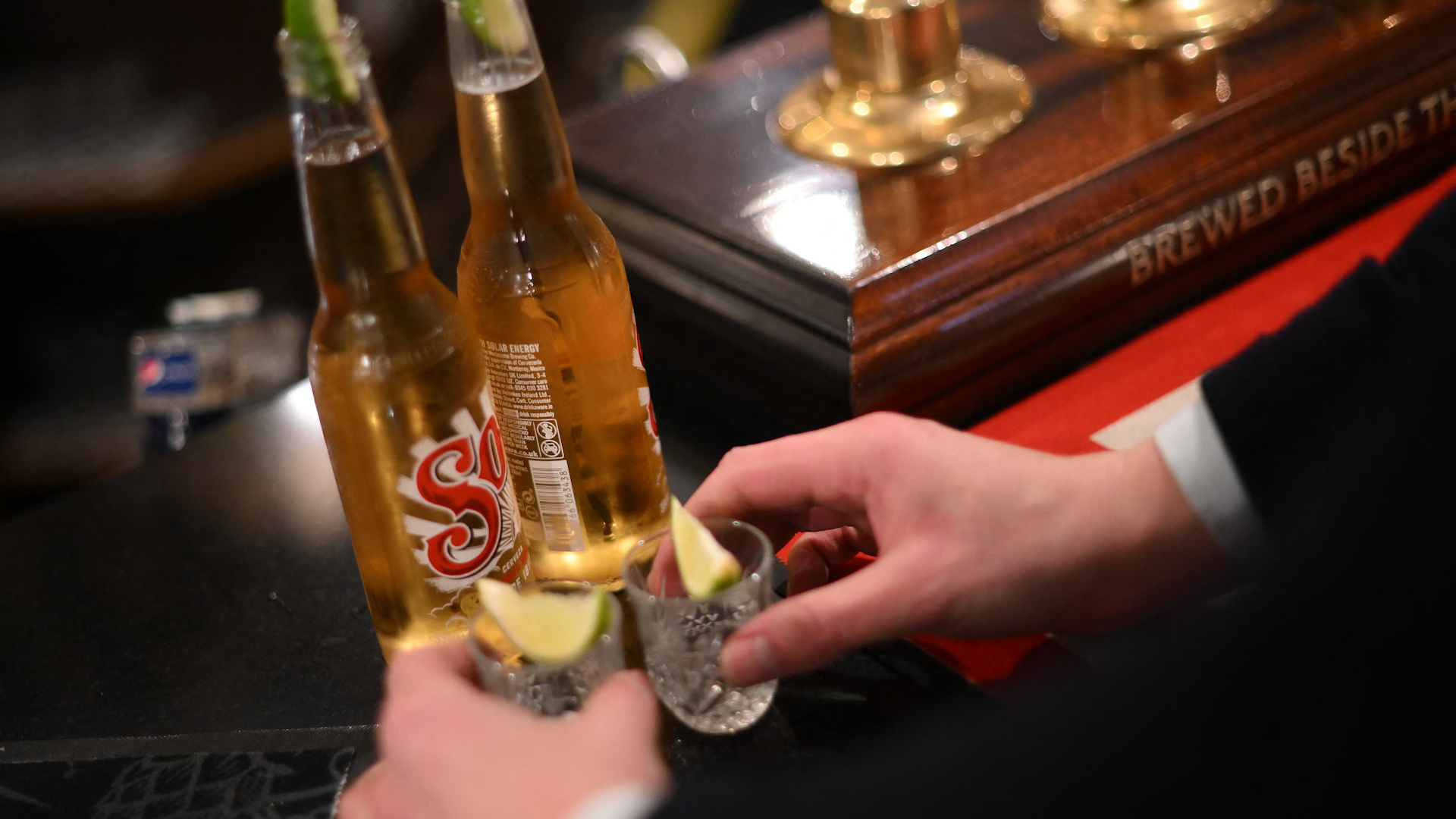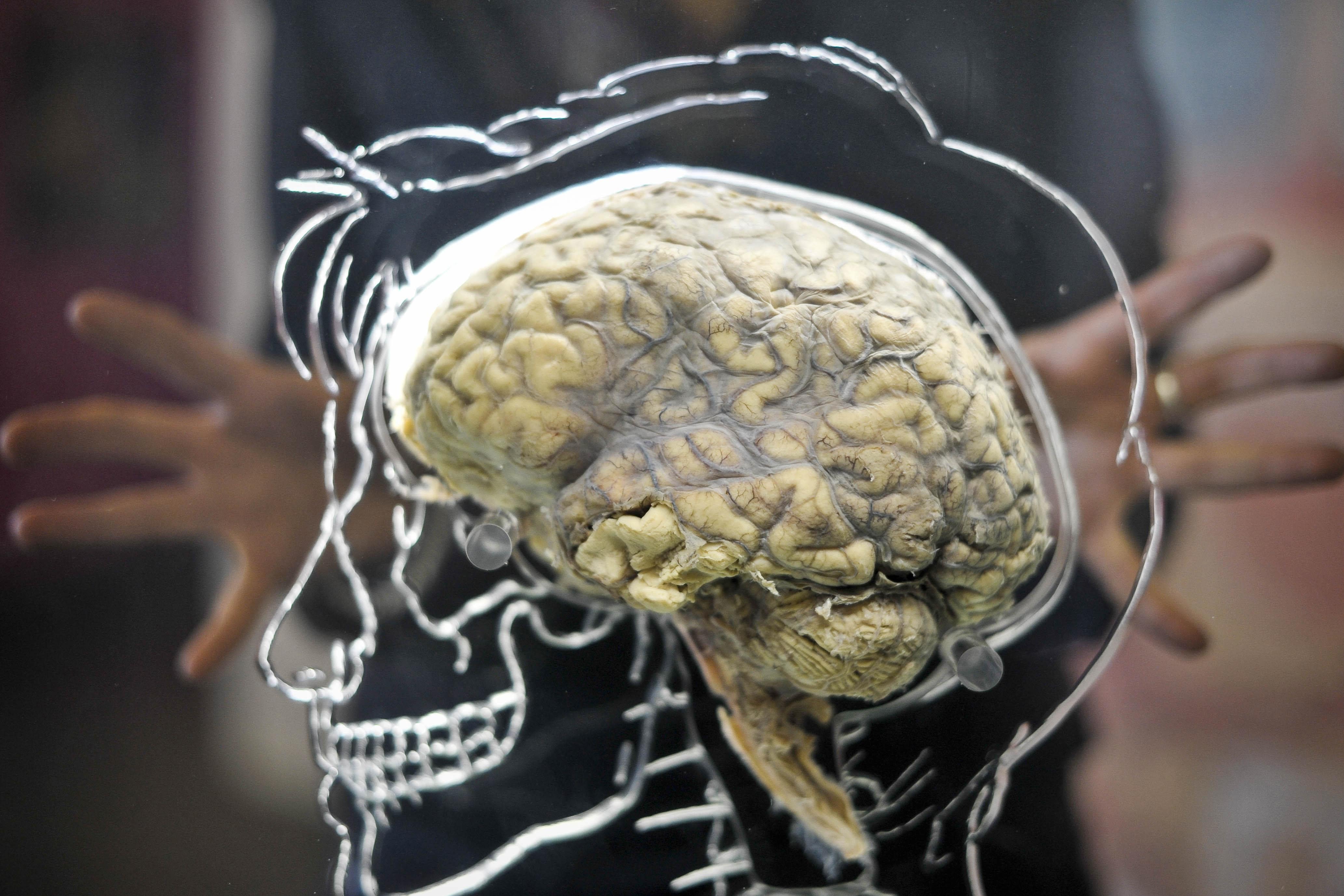
Scientists have embarked on a radical experiment to use “zapping” to reset cells inside the brain to try and help people addicted to drugs or alcohol.
Doctors at West Virginia University’s Rockefeller Neuroscience Institute are placing a £790,000 ($1 million) helmet and goggles on willing participants and then showing them images of the substances they have a problem with.
While this is happening they pulse specific parts of the brain using ultrasound waves until the patient no longer has any cravings for the thing they are addicted to, as reported by The Wall Street Journal.
Joe Hilton, 41, who has a problem with heroin and methamphetamine, tried the experimental treatment after rehab and 12-step meetings could not stop him from relapsing.
After undergoing the “brain zapping”, he told the WSJ the cravings for the drugs he had before the treatment were no longer there and he felt nothing about the substances he had used for the last two decades.
Scientists are hopeful this new treatment can be used to treat drug and alcohol problems, but also help people with eating disorders or addictions to gambling.

Mr Hilton was the third patient to take part in the 30-patient clinical trial. Results so far are promising, with three-quarters of participants substance-free a number of months later.
However, researchers have sounded caution over it being a kind of miracle cure.
James Mahoney, clinical neuropsychologist at the Institute, told the WSJ: “If you take away the craving, but you don’t remove the stressors and you don’t replace the craving with more adaptive coping mechanisms, eventually you’re going to revert back.”
Utilising brain zapping through a headset a home could also be used to treat depression, a different study has found.
The treatment relieves all symptoms of depression in more than half of patients (57.5 per cent) in just 10 weeks, the research suggests.
The study also showed that the headset, which zaps the brain, was able to improve symptoms in 64.2 per cent of the patients involved in the trial.

Allan Young, chairman of mood disorders, director of the centre for affective disorders in the Institute of Psychiatry, Psychology and Neuroscience at King’s College London, said: “These results are very exciting and are poised to have a significant impact on the future treatment of depression.
“Major depression is undertreated throughout the world, and the current treatment modalities have significant limitations.
“This trial shows that this treatment is both effective and well tolerated, giving patients who are currently struggling to find options that work for them a vital new alternative.”
The Flow Neuroscience headset uses a non-invasive brain stimulation technique called transcranial direct current stimulation (tDCS) to stimulate an area of the brain linked with low activity in patients with depression.
The stimulation is delivered through a commercially available device that can be used by patients safely at home.
Patients in the research were on a stable long-term dose of an antidepressant but were still moderately to severely depressed going into the study.
Using the device with the antidepressant led to even better results, with remission rates at 67.1% when combined with an antidepressant, the study in 174 patients with depression found.







